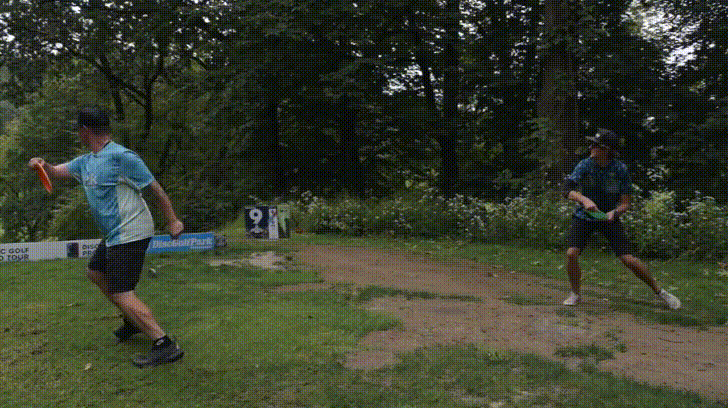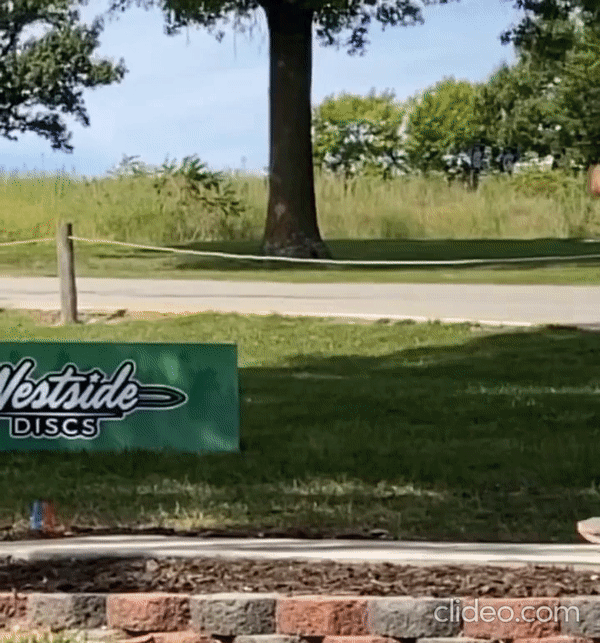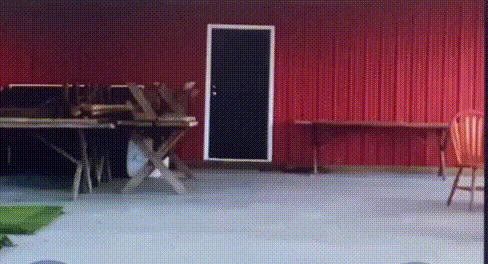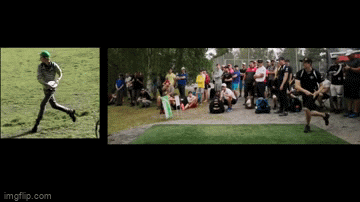I'm thinking of focusing on really shortening my X step i.e. the step before my plant / brace leg.
The reason: having filmed my backhand, the timing of my reachout & plant step is clearly out.
My arm extends well before my plant foot hits the ground, and the X step foot tends to over rotate so it's pointing backwards a bit. My extended arm & hand then go up by my back shoulder as I'm planting my front foot, and dip into the power pocket. And sure enough, my release tends to be somewhat nose up.
Some of the youtube form gurus advocate a minimal X step to avoid all this happening, to improve timing and get a flat reachout and release.
Anyway: have any of you gone through this process? Did it help to shorten your X step? If so, any tips to help embed it?
Thanks!
The reason: having filmed my backhand, the timing of my reachout & plant step is clearly out.
My arm extends well before my plant foot hits the ground, and the X step foot tends to over rotate so it's pointing backwards a bit. My extended arm & hand then go up by my back shoulder as I'm planting my front foot, and dip into the power pocket. And sure enough, my release tends to be somewhat nose up.
Some of the youtube form gurus advocate a minimal X step to avoid all this happening, to improve timing and get a flat reachout and release.
Anyway: have any of you gone through this process? Did it help to shorten your X step? If so, any tips to help embed it?
Thanks!



